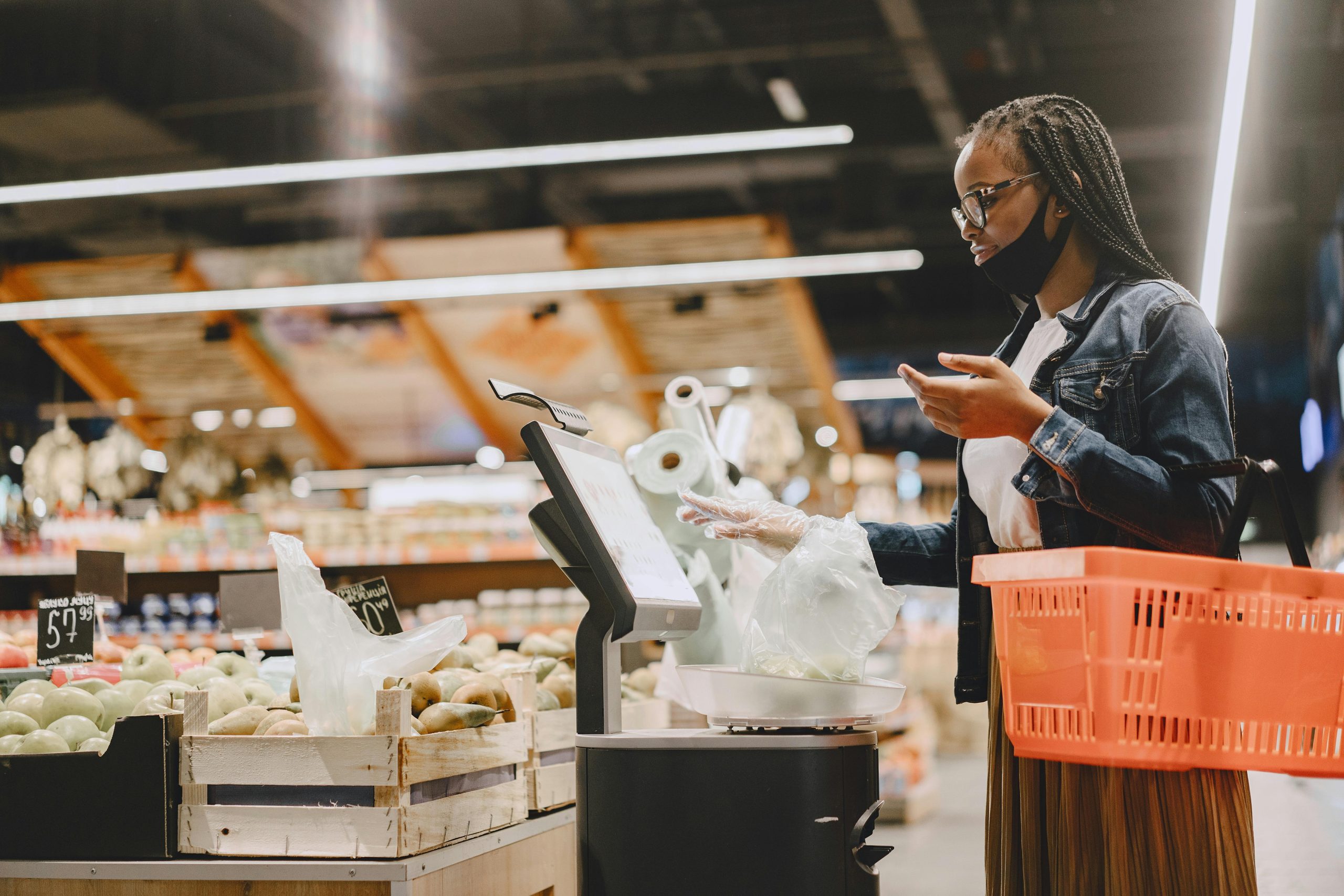Self-checkout lanes have become increasingly popular at retail stores across the country, and Costco is no exception. Initially introduced to streamline the shopping experience and reduce wait times, self-checkout stations seemed like a convenient solution for members. However, not all Costco locations are happy with the results. While some stores have embraced the technology, others are rethinking whether it’s truly the right fit for their customers. Here’s why some Costco locations are beginning to reconsider the use of self-checkout lanes.

Image Source: Pexels
1. Increased Theft and Loss Prevention Issues
One of the primary concerns for Costco locations implementing self-checkout is the increased potential for theft. Without employees closely monitoring each transaction, some shoppers may intentionally or accidentally fail to scan all items. Loss prevention has become a significant issue, especially for stores with large volumes of customers. As theft concerns grow, some Costco locations are opting to reduce the number of self-checkout lanes or eliminate them.
2. Customer Frustration with Complex Purchases
While self-checkout can be convenient for small, simple transactions, it often becomes problematic when dealing with bulk items or complicated purchases. Many Costco shoppers buy large quantities of groceries or oversized products that are difficult to handle at self-checkout stations. Additionally, items with barcodes in hard-to-reach places can create frustration and slow down the process. For stores serving high volumes of customers with bulk purchases, traditional checkout lanes remain the preferred option.
3. Slower Service During Peak Hours
Ironically, the technology designed to speed up the shopping experience can have the opposite effect during busy times. Lines at self-checkout stations can quickly back up when customers struggle with scanning issues, unclear instructions, or payment problems. To address this, some Costco locations are reconsidering whether self-checkout is worth the logistical challenges during peak shopping hours.
4. Customer Preferences for Personalized Service
Not all Costco shoppers appreciate the impersonal nature of self-checkout. Many members prefer interacting with cashiers, particularly when it comes to bulk purchases or price checks. For some customers, the human touch is an essential part of the shopping experience, and Costco’s customer service reputation is one of the reasons why members keep coming back. Locations with a high percentage of customers who prefer personalized service are more likely to limit or eliminate self-checkout lanes.
5. Balancing Efficiency with Customer Satisfaction
Ultimately, the decision to implement or remove self-checkout lanes comes down to finding the right balance between efficiency and customer satisfaction. While some locations successfully use self-checkout stations to improve convenience, others find the drawbacks too significant to ignore. Costco’s ongoing effort to provide a positive shopping experience means that not all stores will adopt the same approach.
Self-checkout lanes at Costco were meant to enhance convenience, but the reality is more complicated. Concerns about theft, frustration with large purchases, and customer preference for personalized service are just some of the reasons why locations are rethinking their self-checkout strategy. As Costco continues to refine its approach, members can expect to see a mix of traditional and self-checkout options, depending on what works best for each store.
Read More
What Are The Best Costco Special Order Kiosk Items?
The One Costco Item You Should Never Buy If You Want to Save Money


